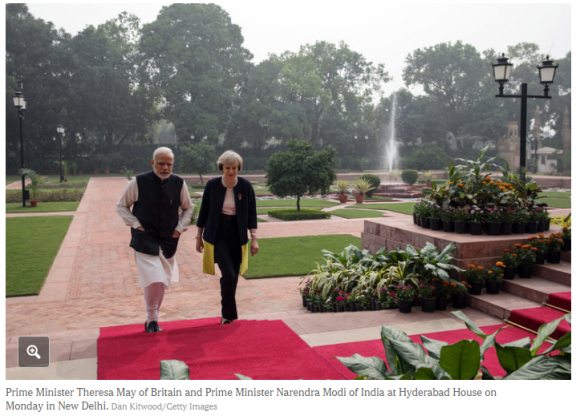47 million South Africans, both men and women, have a life expectancy of only 48 years. About 70% or more are under 50 years old with only 26% under the age of 10 (p. 523). 37 million are black Africans, 4.4 million are white, 1.2 million are Asian and 4.1 million are colored. Black Africans consist of 9 tribal groups. All tribes have their own cultural heritage, language and identity (p. 523). Tribal groups were assigned by the racist government to 10 ethnic homelands during the apartheid period.
With a continent this diverse, it is impossible to generalize on business and trade (p. 528). South African business customs require flexibility depending on the ethnic group in which you are dealing with. Many Africans transition from traditional cultures based upon agriculture, rural and tribal ways of life (p. 530). Many are moving towards an urban lifestyle that is based on technological and industrial development. With the new millennium much discussion surrounds the ideas of an African Renaissance and rediscovery of the creative past (p. 531). Much of the renewal would need to consider the following: effective leadership, environmental protection/rural development, population control, and continental health crusades.
Effective leadership would consist of leaders that are better educated and more honest and competent. Leaders would need to be socially responsibility and have the ability to be aware of international independence (p. 531). New leadership would promote democratic government and a greater respect for environmental and human rights (p. 531). Massive cultural changes would be must requiring the heads of the 53 states to work together. Environmental protection and population control would include changes to traditional large families and preservation of resources. Health crusades would work with an African Union to take control and help with sources to conquer HIV/AIDS (p. 532). There would be a push for promoting education and development of skills throughout. This development should include civic, environmental, intertribal and interracial education.
With these developments, Africa can thrive. Africa houses every person in the human family (p. 534). It would benefit greatly for global leaders to appreciate the possibilities that Africa has. Much of communication in Africa is internalized in the person rather than communicated into words as America (p. 534). Much of the world would greatly benefit from appreciating and helping Africa for the contribution to humanity and the multiple nations that have come from within (p. 534).
References:
Moran, R. T., Harris, P. R., & Moran, S. V. (2011). Managing cultural differences: Global leadership strategies for cross-cultural business success. Oxford: Butterworth-Heinemann.











